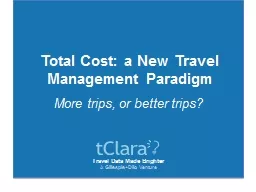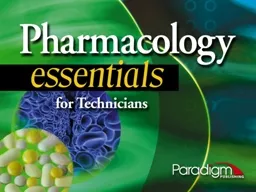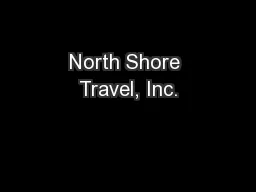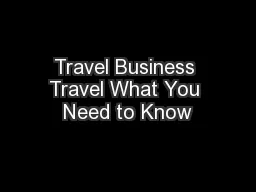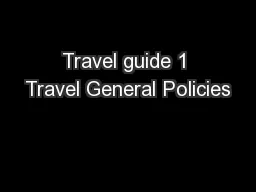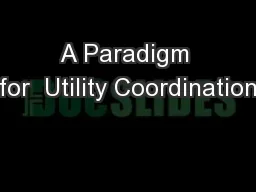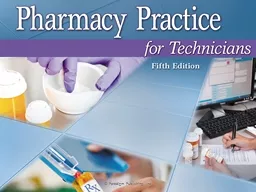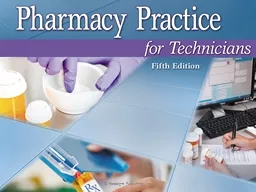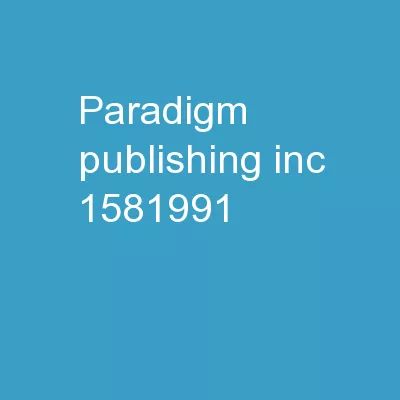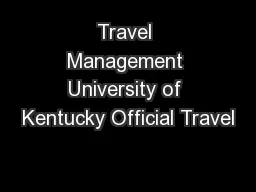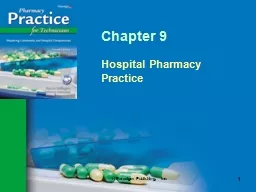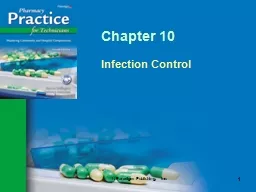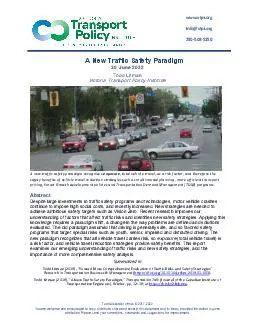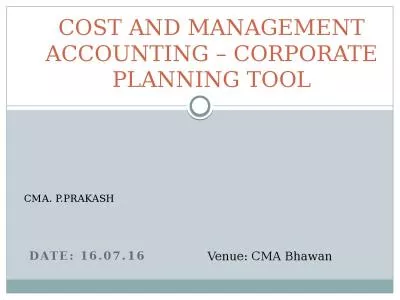PPT-Total Cost: a New Travel Management Paradigm
Author : debby-jeon | Published Date : 2017-05-26
More trips or better trips About Scott Gillespie Leading expert in corporate travel analytics travel procurement and Managed Travel 20 Managing Director of tClara
Presentation Embed Code
Download Presentation
Download Presentation The PPT/PDF document "Total Cost: a New Travel Management Para..." is the property of its rightful owner. Permission is granted to download and print the materials on this website for personal, non-commercial use only, and to display it on your personal computer provided you do not modify the materials and that you retain all copyright notices contained in the materials. By downloading content from our website, you accept the terms of this agreement.
Total Cost: a New Travel Management Paradigm: Transcript
Download Rules Of Document
"Total Cost: a New Travel Management Paradigm"The content belongs to its owner. You may download and print it for personal use, without modification, and keep all copyright notices. By downloading, you agree to these terms.
Related Documents

